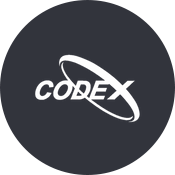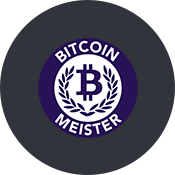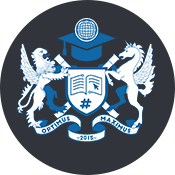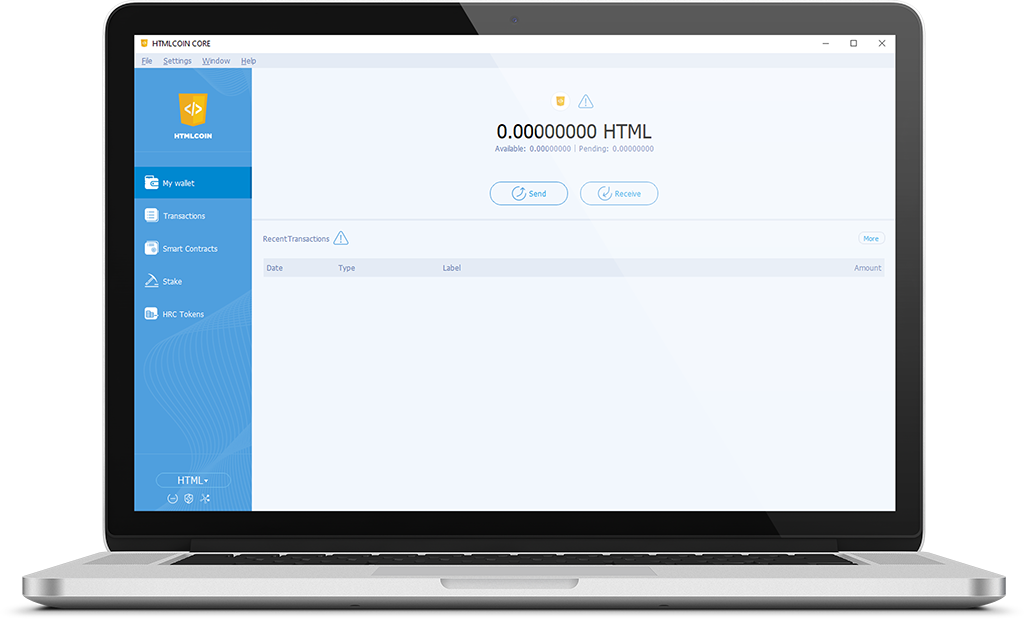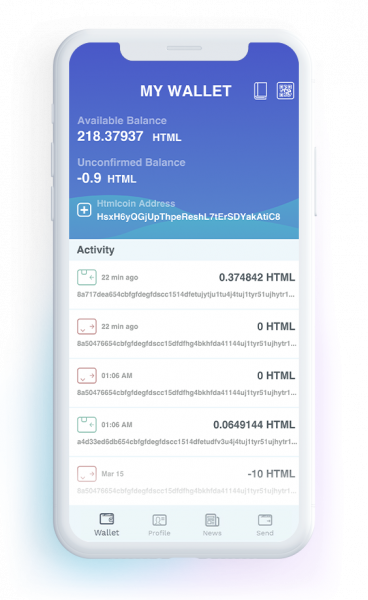HTMLCOIN is the native coin and gas that powers the Althash blockchain. It was conceptualized in early 2013 and launched on March 8, 2014 as a Bitcoin clone under the name of HTML and then HTML5 in 2015. In 2017, a new algorithm for the coin was implemented and a coin swap was initiated in November of the same year where the HTMLCOIN name was chosen for the rebrand. HTMLCOIN became a Proof of Work/Proof of Stake cryptocurrency based on the Bitcoin Core algorithm. Enabled through an Account Abstraction Layer, the updated HTMLCOIN environment allowed an account-based VM (Virtual Machine) to function on a Bitcoin UTXO based blockchain, expended with attributes of QTUM and ARK.
Althash is a Proof-of-Work/Proof-of-Stake hybrid blockchain with fast and secure transactions. While it uses the hashing function and the base layer of Bitcoin to create a secure blockchain and irreversible address mapping, it integrates Ethereum EVM, aka HVM, to run multiple Dapps/programs as a worldwide decentralised, failsafe and secure computer system, additionally making the creation of Ethereum based Smart Contracts possible.
The Althash blockchain allows one to effectively build ecosystems on its platform and to power them through HTMLCOIN, meaning Althash/HTMLCOIN can have its own ecosystem of various tokens from HRC20 (ERC20) simple fungible tokens, HRC721 (ERC721), used for instance with NFTs, up to dedicated complex programs allowing the minting of adjustable new tokens, which will be instantly rolled out on the mainnet according to specific needs.
HTMLCOIN The Gas That Powers Althash
History
HTMLCOIN was founded on March 8, 2014 by Amando Boncales, PhD(c), who saw in blockchain science the opportunity to create disruptive technologies which could help everyone to free themselves from a centralized system/economy.
On July 6, 2018, the whole ecosystem was rebranded as the Althash blockchain while HTMLCOIN became the utility coin powering it. By rebranding, it allowed the ALTHASH blockchain to introduce more disruptive tools into a wider range of industries beyond cryptocurrency: security, payment systems, e-commerce, health, education, Smart Contracts, Artificial Intelligence, NFT platforms, DeFi and humanitarian actions.

The Althash blockchain allows one to effectively build ecosystems on its platform and to power them through HTMLCOIN, meaning Althash/HTMLCOIN can have its own ecosystem of various tokens from HRC20 (ERC20) simple fungible tokens, HRC721 (ERC721), used for instance with NFTs, up to dedicated complex programs allowing the minting of adjustable new tokens, which will be instantly rolled out on the mainnet according to specific needs. While it uses the hashing function and the base layer of Bitcoin to create a secure blockchain and irreversible address mapping, it integrates Ethereum EVM, aka HVM, to run multiple Dapps/programs as a worldwide decentralised, failsafe and secure computer system, additionally making the creation of Ethereum based Smart Contracts possible. In short, an independant ERC20-based project can deploy on the Althash blockchain using the same ABI and object code as Ethereum, while a non-ERC20 coin can be wrapped in a HRC20 version. The Althash blockchain implements an extendable design that can add more virtual machines (VM) if a project requires it. The HTMLCOIN devs team highlights that an average size transaction ( 0.35 kbyte per Tx ) costs 0.004 HTMLCOIN in relay fees, while a token minted on the blockchain would use 2.1 HTMLCOINs per 0.35 kbyte, offering a less expensive alternative to gasfees seen on the current market today.
To secure its network, HTMLCOIN uses a Double SHA-256 algorithm, effectively making it much more difficult to break than SHA-256. For instance, partial attacks (lowering brute force resistance) may rise in frequency in the coming decades. In this case, SHA-256 would become somewhat vulnerable whereas Double SHA-256 would not.
The network has real-time 51% attack checkpoints. It employs an external set of parties that securely run an assisting service which guarantees the ledger’s properties and can be relied upon at times when the invested hashing power is low.

Althash Blockchain agnostic building blocks


























